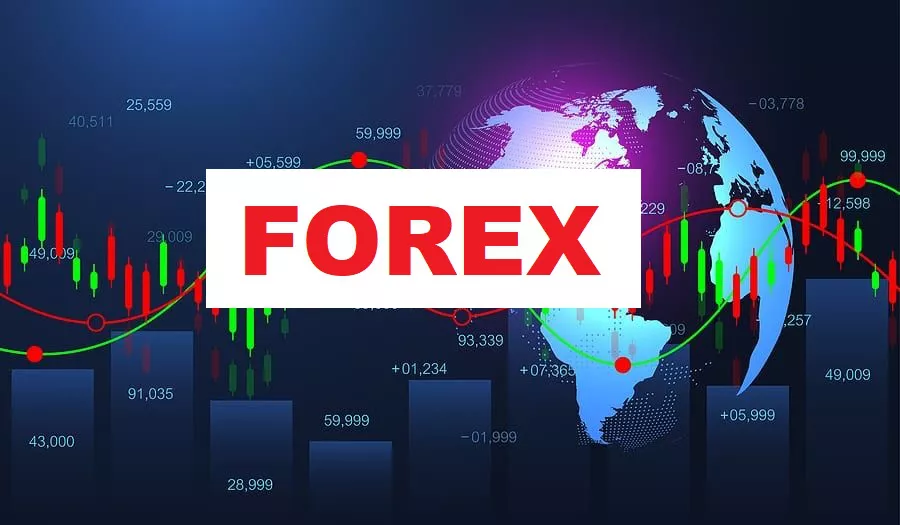Late on Friday, Moody’s lowered the United States’ long-term credit rating from “AAA” to “Aa1.” The agency cited growing federal debt, now at about $36 trillion, and repeated fiscal deficits. Moody’s said successive administrations and Congress have failed to curb rising annual deficits and interest costs.
U.S. Stock Futures and Dollar Under Pressure
In early European trading, U.S. stock index futures slipped between 0.8 percent and 1.3 percent. The dollar index, which measures the greenback against a basket of currencies, eased back to 100.50 after rising for four straight weeks.
Safe Havens in Demand
Following the downgrade, investors sought safe-haven assets. Gold recovered slightly, stabilizing above $1,320 an ounce after a more than 3 percent drop last week.
U.S. Politics and Policy Headlines
Tax Cut Bill Advances: On Monday, a House subcommittee approved President Trump’s tax cut proposal. This move clears the path for a full House vote later in the week.
Tariff Negotiations: Treasury Secretary Scott Bessant warned on CNN that U.S. tariffs could return to April 2 levels if trade partners do not negotiate in good faith. He added that talks are nearing agreement with 18 key trading partners.
Key Data and Central Bank Speakers
Later this week, Eurostat will publish revised April inflation figures for the eurozone. Several Federal Reserve officials are also scheduled to speak. Their comments could influence market expectations for U.S. interest rates.
Major Currency and Commodity Moves
EUR/USD: The euro held just above 1.1200 against the dollar in early European trade.
GBP/USD: The British pound climbed above 1.3300, rebounding from a multi-week low of 1.3140 last week.
AUD/USD: The Australian dollar traded in a tight range just above 0.6400 ahead of the Reserve Bank of Australia’s policy decision on Tuesday. Markets expect the RBA to cut its cash rate from 4.10 percent to 3.85 percent.
USD/JPY: The dollar fell to around 145.00 against the yen. Bank of Japan Deputy Governor Shinichi Uchida reiterated that the BoJ will raise rates further if economic and price conditions warrant.
Market participants are closely watching fiscal and monetary developments on both sides of the Atlantic. Upcoming inflation data, central bank speeches, and policy decisions will likely drive trading decisions in the days ahead.
Related topics:


































